There is nothing more rewarding than seeing the thrill in a child’s eyes as they learn something exciting through the pages of a book! Having a defined and well-stocked literacy center provides your students with a comfortable space to explore the world through books, while building foundational skills in reading, writing, speaking, listening, and viewing.
How to Create an Engaging Literacy Center in Your Classroom
There are different types of literacy centers you can create based on the space available within your classroom and the number of children you’d like in the center at one time. Also consider their developmental needs, your instructional outcomes, and of course, the literacy materials they’ll have access to. You could have a center focused on independent reading, writing, listening, storytelling, or a combination of two or three. Whatever your focus, a great center begins with a thoughtful design.
Choose a Quiet Area
Begin by locating an area in your classroom that is a bit secluded from the hustle and bustle of other classroom activities. This quiet and calming environment should be furnished with several essentials: a bookshelf, table or desk, soft seating, and baskets for organizing supplies. An inviting carpet that is both functional and educational, such as one bordered by the alphabet, is a great visual teaching tool and further defines the area.
Find Functional Furniture Options
Choose furniture that is easily mobile. This will allow you to rearrange your center often to increase excitement and engagement. Another important consideration is having forward-facing books. As competent readers, we don’t judge a book by its cover, but that’s exactly what children do! Ensure your books are accessible, at eye level, and in excellent condition so that children learn to value them. Remember to swap them out at least weekly to keep interest high and include a variety of both fiction and non-fiction books to spark exploration.
Shop: All Early Childhood Bookcases
Consider Creative Surfaces for Learning
An easel is also a wonderful addition to your literacy center, giving students a surface for collaborative writing. Consider one that holds large chart paper. A magnetic dry-erase surface allows spelling practice with magnetic letters or other alphabet manipulatives. Other must-have writing supplies include paper, pens, pencils, markers, crayons, journals, and sentence strips. Appropriate printed materials such as magazines, newspapers, menus, and brochures serve as excellent writing examples from which children can learn.
Manipulatives & Props for Storytelling
Storytelling props such as finger puppets and felt-board stories allow children to practice turn-taking while developing their vocabularies and imaginations. Of course, listening goes hand-in-hand with speaking, so keep a CD player, headphones, and recorded books in your center. This gives children some independent time to hear stories that develop visualization and comprehension skills.
Shop: Early Childhood Blocks & Manipulatives
More on Creating A Pre-K Literacy Center
Once you have your literacy center in place, help children understand center expectations and prepare them for cleaning up and transitioning. Some ways to do this include modeling how to use materials, using a timer for starting and stopping, encouraging children to leave the center the way they found it, and providing positive feedback for cleaning up.
An engaging literacy center can spark a love of words in your children that will last a lifetime!
Tamie Pratt-Fartro, PhD
Dr. Tamie Pratt-Fartro has served the education community for over 20 years as early childhood/elementary teacher, reading specialist, literacy coach, professional development specialist, researcher, and university professor. Tamie has conducted multiple research studies on literacy, play, kindergarten transition, reflective teaching, and leadership.
Read more posts by Dr. Tamie Pratt-Fartro–>

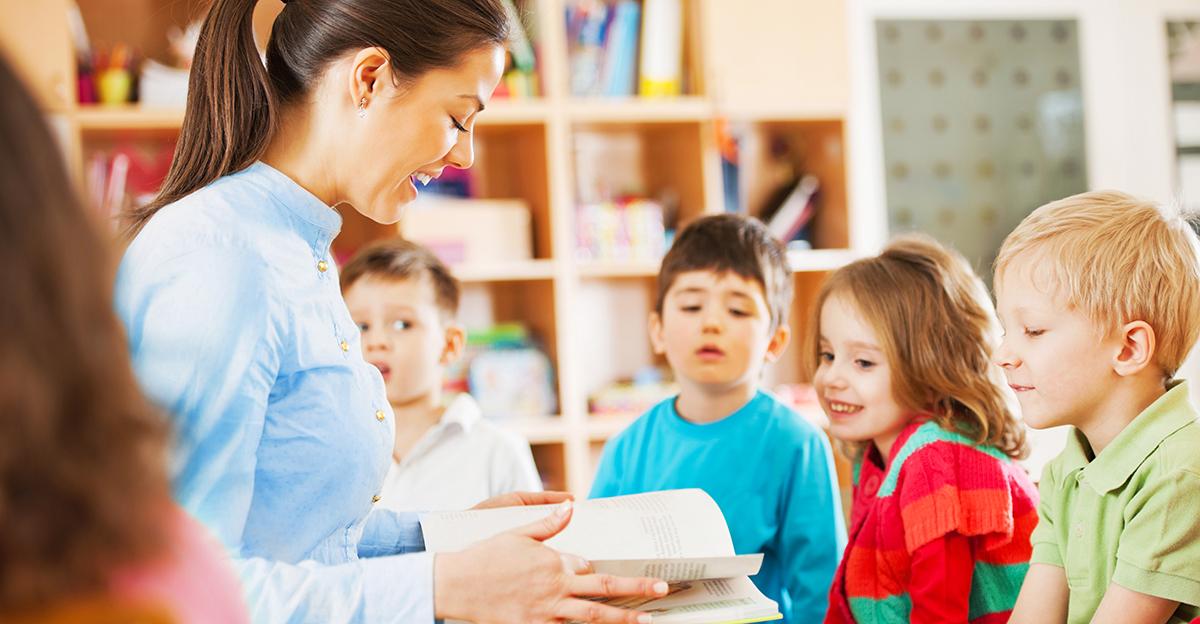
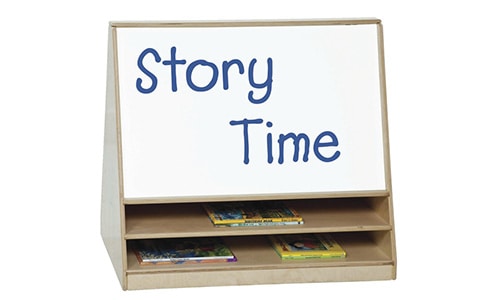
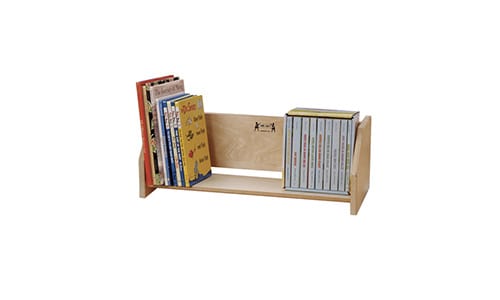
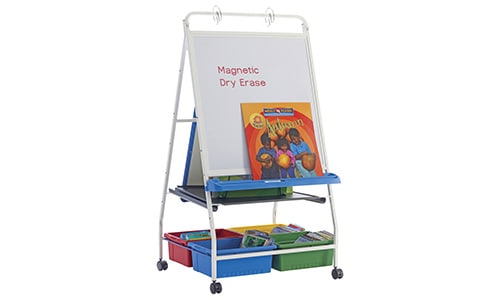
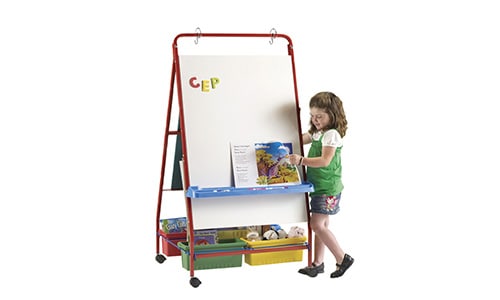
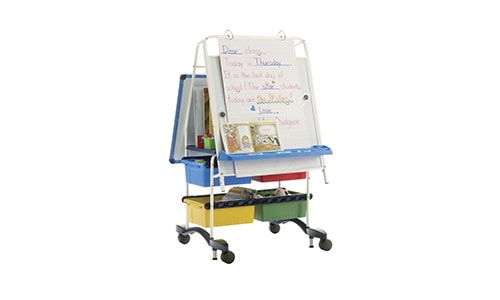



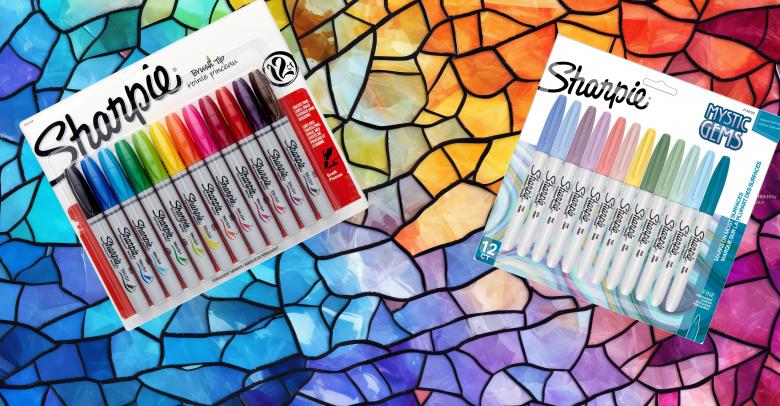


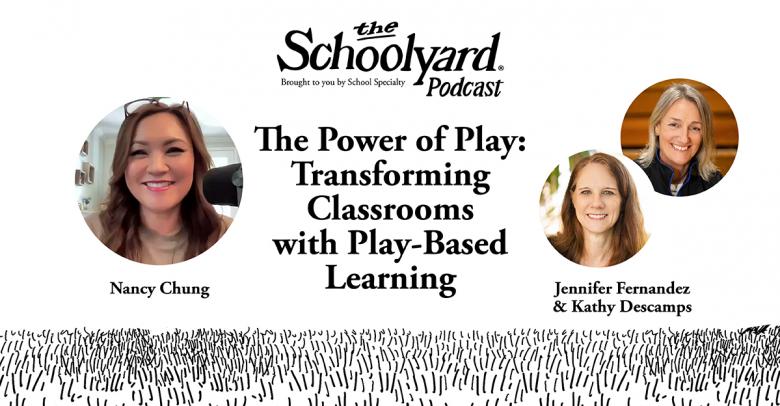
There are great ideas for setting up a literacy center, including a quiet area, accessible books, manipulatives, and easels. Early childhood classrooms can engage children through practical, inspiring suggestions.